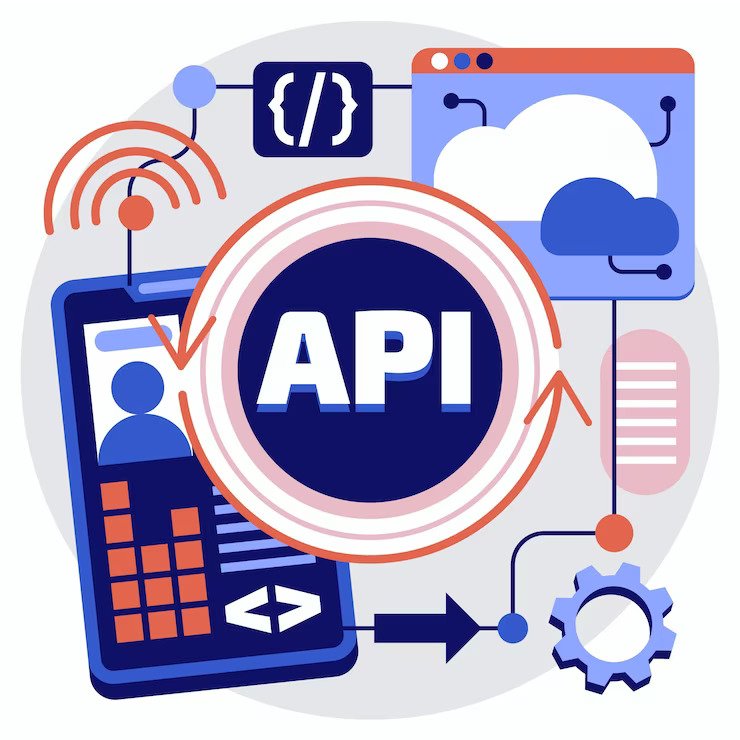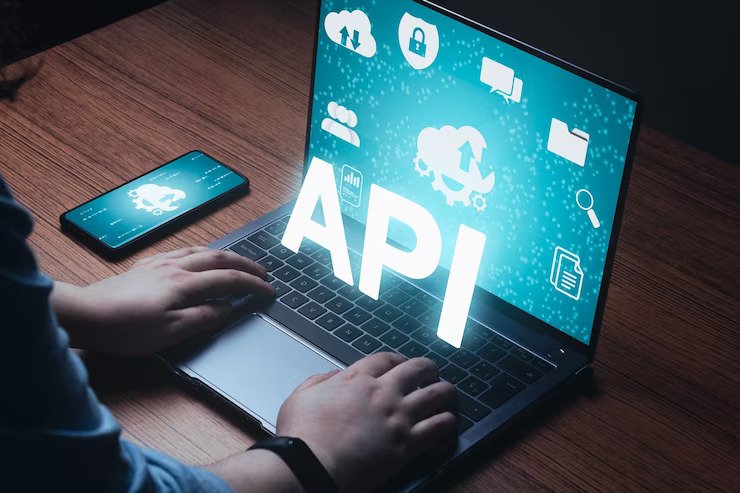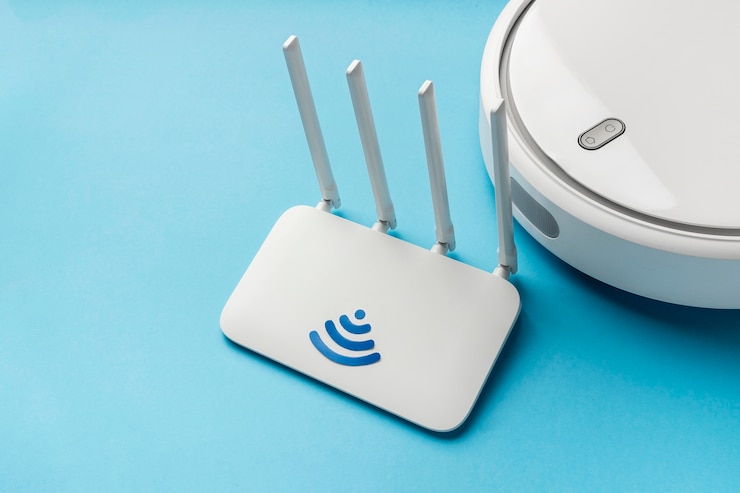How To Use Free APIs To Power Your App
4 Mins Read
Published on: 08 June 2023
Last Updated on: 13 November 2024

toc impalement
The rise of mobile apps has been accompanied by an explosion in the number of free APIs available to developers.
These APIs power everything from mapping and navigation to payment processing and social media integration. In this post, we’ll show you how to use free APIs to power your app and make it more valuable for your users.
An API, or application programming interface, refers to a set of protocols, tools as well as routines that help in constructing software applications. In short, an API allows a programmer to leverage the work of others to quickly and seamlessly integrate a new feature into their application.
APIs are like Lego bricks: you can build a wide variety of solutions using the same standard pieces. This allows developers to quickly build useful applications—in fact, APIs are so useful that they’re growing in number and importance.
Developers turn to free API services every day to make their apps better, and we’ve selected eight great examples for this post. Ready? Let’s get started. 1. Free APIs: Twitter Twitter is a website that enables users to post short messages (known as tweets) that are limited to 140 characters. Users can share these messages with other Twitter users and follow other users with whom they wish to keep up on the latest news.
What are free APIs, and how have they changed app development?

API is the abbreviation for “Application Programming Interface,” which simply indicates the various means a brand has of communicating with the software of other companies internally. It is because of an API that a third party like Facebook can directly access the different functions of external applications.
This might include ordering any product from Amazon. Free public APIs have become increasingly popular in recent years as they offer developers increased flexibility when building apps. One advantage of using free public APIs is that they can save time and resources that would otherwise be spent on developing proprietary solutions.
Of course, some companies choose to keep their APIs proprietary. The most important variable to consider when selecting the API is the volume of traffic that you can handle. After all, you don’t want to overpay for an API that doesn’t have the capacity and speed needed to handle your traffic. The second consideration is whether or not your API has a free version.
How to use free APIs to power your app and make it more valuable for users.
If you’re looking for a way to make your app more valuable for users, one option is to use free public APIs. By using these APIs, you can access data and functionality from other sites and services, which can make your app more powerful and useful. In addition, using free APIs can help you save money on development costs.
In this post, I’m going to share eight best practices for using public APIs. For each practice, I’ll explain how you can use it in your app, and I’ll show you one example of an app that uses the practice well. By the end of the post, you’ll have some examples you can use to improve your own apps. 1. Make sure the public API is free It seems obvious, right?
Examples of different types of free APIs are available.

There are many advantages to using free public APIs. Perhaps the most obvious is that they can save you money. If you need data from an external source, chances are there’s a free API that can provide it.
Just be sure to check the terms of use before using any API—some have strict limits on how their data is generally used. Another advantage of free APIs is that they’re often easier to use than paid ones.
They’re also usually less restricted, which means that you can use them more quickly and extensively. Many public APIs are built in an open-source format, which means that they are easily integrated into your own applications.
Finally, it’s worth mentioning that many free API services are frequently updated—perhaps even on a daily basis. Paid services often have fewer updates. Every month, thousands of new APIs are created.
The majority of these are free to use. Unfortunately, it’s not always easy to determine whether a service is free or not. There are many paid APIs that offer a free trial or a limited free version.
While it’s important to note that these free resources aren’t necessarily “free,” they can still be used to your advantage. For example, downloading the documentation for a paid API is often the first step in understanding how it can be useful.
Read Also:


















Comments Are Closed For This Article